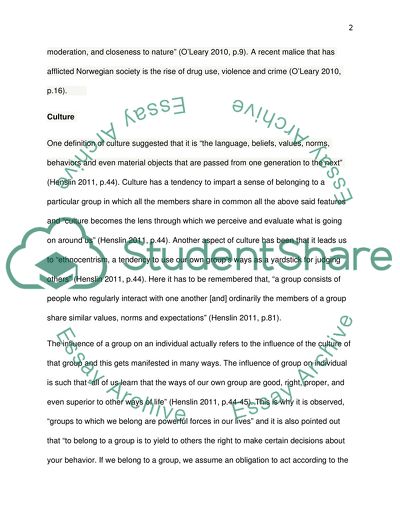Cite this document
(Norway - Culture Crisis and Islamophobia Assignment, n.d.)
Norway - Culture Crisis and Islamophobia Assignment. Retrieved from https://studentshare.org/social-science/1764466-norway-issue-culture-crisis-and-islamophobia
Norway - Culture Crisis and Islamophobia Assignment. Retrieved from https://studentshare.org/social-science/1764466-norway-issue-culture-crisis-and-islamophobia
(Norway - Culture Crisis and Islamophobia Assignment)
Norway - Culture Crisis and Islamophobia Assignment. https://studentshare.org/social-science/1764466-norway-issue-culture-crisis-and-islamophobia.
Norway - Culture Crisis and Islamophobia Assignment. https://studentshare.org/social-science/1764466-norway-issue-culture-crisis-and-islamophobia.
“Norway - Culture Crisis and Islamophobia Assignment”, n.d. https://studentshare.org/social-science/1764466-norway-issue-culture-crisis-and-islamophobia.


